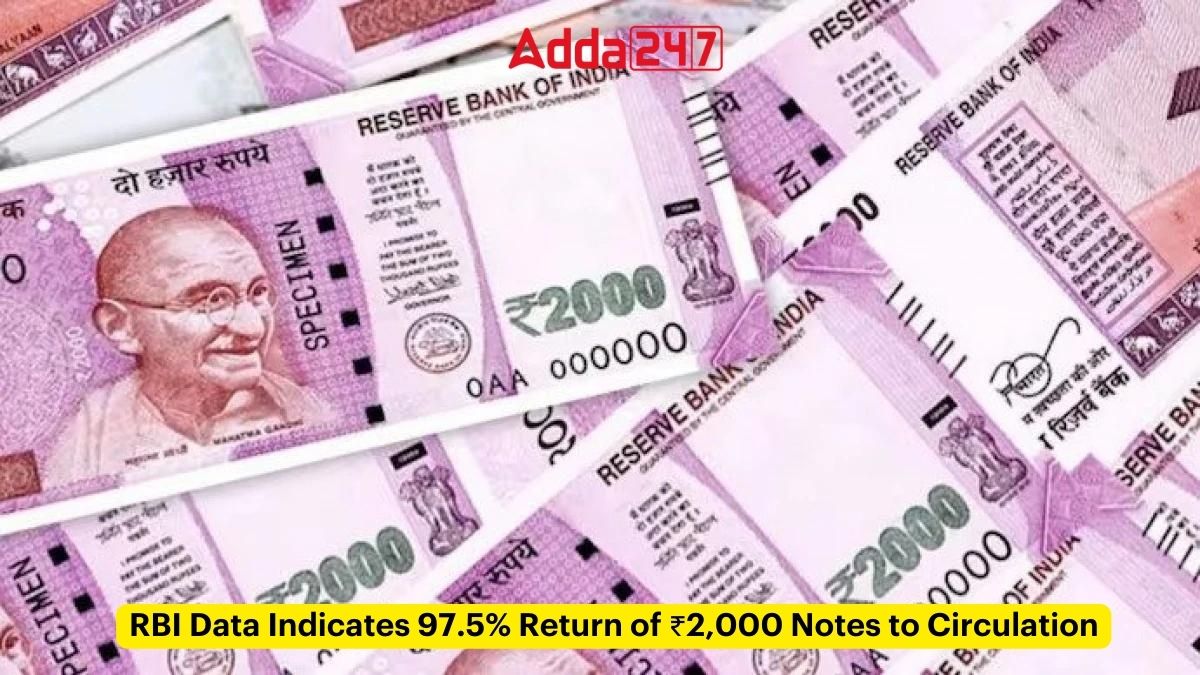In a move that reshaped the currency landscape, the Reserve Bank of India (RBI) declared the withdrawal of ₹2,000 denomination banknotes on May 19 last year. As we approach a new financial era, it’s crucial to understand the journey of these banknotes and the cautionary measures put forth by the RBI.
Withdrawal Details
The RBI’s announcement on January 1, 2024, revealed that a staggering 97.38 per cent of ₹2,000 notes in circulation had been successfully returned. The deadline for deposit and exchange at bank branches was October 7, 2023, marking the end of an era for the vibrant-coloured currency.
Extended Exchange Opportunities
While the general public bid adieu to ₹2,000 notes at bank branches, the RBI extended the facility for exchange at its 19 Issue Offices from May 19, 2023. Furthermore, from October 9, 2023, individuals and entities gained the option to deposit these notes into their bank accounts through RBI Issue Offices.
India Post’s Role
Acknowledging the geographic diversity of the country, the RBI allowed citizens to send ₹2,000 banknotes through India Post from any post office to RBI Issue Offices for crediting into their bank accounts.
Circulation Decline
The once ubiquitous ₹2,000 banknotes, totaling ₹3.56 lakh crore on May 19, 2023, witnessed a remarkable decline. As of January 31, 2024, the total value shrunk to ₹8,897 crore, signifying that 97.50 percent of these notes have made their way back to the system.
Legal Tender Status
Despite their withdrawal from circulation, it’s essential to note that ₹2,000 banknotes retain their legal tender status. Understanding their continued validity is vital to avoid any confusion in transactions.
Caution Against Frauds
In the wake of these transitions, the RBI reiterates its warning against frauds disguised as KYC updates. Building upon a similar advisory from September 2021, the central bank emphasizes the importance of vigilance to prevent falling victim to fraudulent activities.




 UPI Transactions Surge to 21.63 Billion ...
UPI Transactions Surge to 21.63 Billion ...
 Credit Growth Nears 12% as Deposit Growt...
Credit Growth Nears 12% as Deposit Growt...
 ATM Numbers Decline in FY25 as Digital P...
ATM Numbers Decline in FY25 as Digital P...







